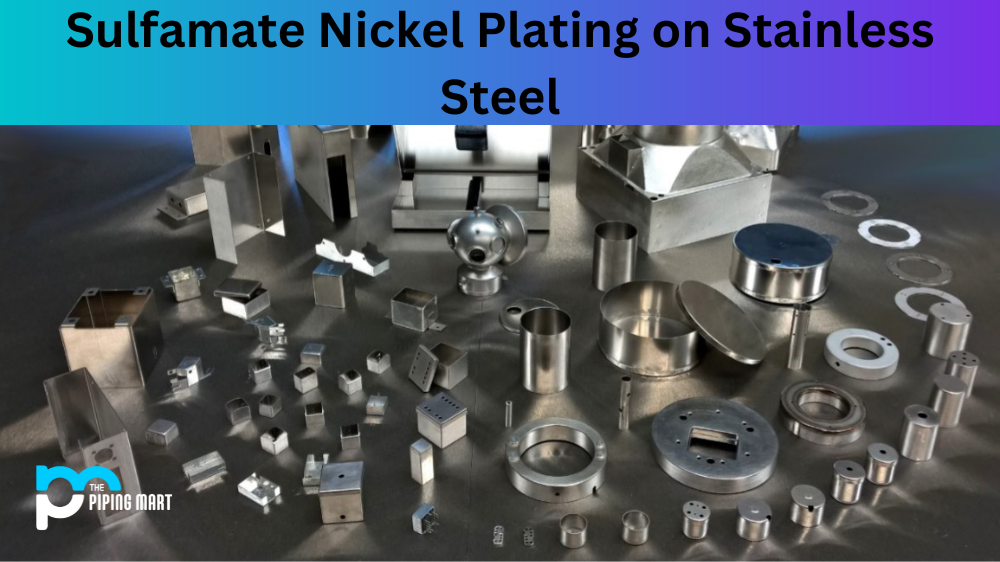Steel is an alloy made of iron and carbon. Many industries have utilized steel due to its immense strength and durability. Various types of steel exist and can be classified based on their chemical composition, structure, and properties. In this blog, we will discuss the differences between 4Cr13 and 40Cr13 steel, two commonly used types of steel.
What is 4Cr13 Steel?
4Cr13 steel is a martensitic stainless steel with a medium carbon content. It contains around 13% chromium and 4% carbon, which gives it high strength and hardness. The low carbon content makes it resistant to corrosion, allowing applications in tough environments. It also has good wear properties, making it suitable for use in cutlery or knives.
What is 40Cr13 Steel?
40Cr13 is a martensitic stainless steel comprising 13% chromium and 0.4% carbon. It has excellent mechanical properties, making it ideal for applications that require superior strength and hardness, such as cutlery, scissors and razor blades. It is also highly corrosion-resistant and can withstand high temperatures (up to 1500°C). Its high chromium content gives it exceptional anti-rusting capabilities, making it especially useful in humid environments or areas prone to salt-spray corrosion.
Difference Between 4Cr13 and 40Cr13 Steel
Chemical Composition
4Cr13 and 40Cr13 steel are classified as martensitic stainless steel, which means these steels are corrosion-resistant. The main difference between these two steel types is their chemical composition. 4Cr13 steel has 4% chromium, while 40Cr13 steel has about 40%. Chromium is a crucial steel component since it enhances corrosion and oxidation resistance. Chromium also improves the hardness, tensile strength, and toughness of steel.
Heat Treatment
Heat treatment is the process of heating and cooling a material to alter its properties and structure. Both 4Cr13 and 40Cr13 steel require heat treatment to attain the desired properties. The heat treatment process depends on the intended use of the steel. For instance, if the steel is intended for cutting tools, the heat treatment process is different from the steel used in manufacturing bearing rings. The final properties of the steel depend on the heat treatment type, the duration, and the temperature used.
Physical Properties
The physical properties of steel include density, specific heat, thermal conductivity, electrical conductivity, and thermal expansion. Steel is dense, between 7.75 and 8.05 grams per cubic centimeter. The specific heat of steel is relatively low, around 450 J/kg K. Thermal conductivity varies depending on the composition of the steel and can range from 12 W/m K to 50 W/m K. Electrical conductivity is low, and steel is an excellent electrical insulator. The thermal expansion of steel ranges between 7.1 and 13.6 x 10^-6 m/m K.
Applications
Both 4Cr13 and 40Cr13 steel have various applications, including manufacturing surgical equipment, high-end knives, and scissors. These steels are also suitable for making bearings, machine parts, and structural components that require high strength and resistance to corrosion. Many industries that involve cutting, shaping, and machining use these steels. However, 40Cr13 steel is preferred over 4Cr13 steel in making parts that require higher wear resistance and strength.
Conclusion:
In conclusion, 4Cr13 and 40Cr13 steel may appear similar initially, but their chemical composition, heat treatment process, and physical properties significantly differ. The choice of steel between the two depends on the intended use of the steel and the desired properties. Both steels have a wide range of applications in various industries, and it is important to understand their differences to make informed decisions when selecting the appropriate steel for your project.

Abhishek is a seasoned blogger and industry expert, sharing his insights and knowledge on various topics. With his research, Abhishek offers valuable insights and tips for professionals and enthusiasts. Follow him for expert advice on the latest trends and developments in the metal industry.




